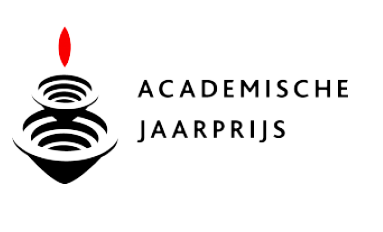
David’s messages
Disclaimer | This “Lentink Lab” website is my research website that I am personally responsible for. I use it to communicate all my previous and current research with my international colleagues, students, the media and anyone interested in my work in a freely accessible format. I have split the Lentink Lab, the formal research activities moved to the University of Groningen and the personal research activities to my home address. At the University of Groningen, I lead the Biomimetics Group together with my colleagues and direct my biological research, engineering, and robot design lab in the Linnaeusborg. At my home atelier I pursue my personal passion research, engineering, and design projects for fun. When I moved back to the Netherlands, I decided to stop using the Lentink Lab website for presenting university lab members and support staff etc. The Lentink Lab website and the materials posted on it do not reflect the opinions or policies of the University of Groningen or the Biomimetics group in any way, all the text and materials on this website reflect my personal choices. All the information about the Biomimetics Group and the University of Groningen can be found on the official Biomimetics website.
Are you passionate about aerial robot design and biomechanics of flight? Applications are invited for a fully funded PhD position with Prof.dr.ir. David Lentink in the Biomimetics Group at Groningen. You will become part of a project in which our team studies how birds fly in turbulence by dynamically shape-shifting their body. In the project you will be responsible for translating bird biomechanical insights into your advanced biomimetic aerial robot that can fly like a bird. We seek a PhD candidate who is passionate about curiosity-driven research, designing and flying bioinspired robots, and reading and writing broadly accessible multidisciplinary research papers about it. More information & APPLICATION LINK.
Three years ago I moved my lab and the research infrastructure at Stanford University to The Netherlands to setup new bird aviaries, refurbish my research lab & and modernize my maker space at The University of Groningen. At Groningen, I lead the Biomimetics Group together with my colleagues and direct my biological research, engineering, and robot design lab in the Linnaeusborg. After completing the move, I am excited the Lentink Lab website now also got modernized! I redesigned the new “Lentink Lab” website to communicate previous and current research with peers, media and anyone interested, in a freely accessible format. I hope you enjoy the new functionalities and look forward to updating you on my multidisciplinary work.
Colleagues at the University of South Florida and Berkeley made an exciting finding: wingless salamanders living in the crowns of old growth red wood trees perform directed aerial descent, featured in NYT. To highlight the remarkable find, I wrote a Nature News & Views feature to explain how their work helps paint the bigger picture of the evolution of flight. Over the years more and more research, including our own on foraging birds, show how generating drag first and lift second is a mechanistically more plausible explanation for the evolution of flight. Lacking wings, the salamanders must rely on using their body to generate drag to balance their weight and slow down while also generating a bit of lift, which enables them to steer and direct their aerial descent back to the tree.
We present the first robot that can perch on complex tree branches like a bird: SNAG. The robot is inspired by our earlier research in which we uncovered how birds land reliable on complex surfaces including real branches and Teflon perches. We embodied our findings in this new perching robot that can land in trees for environmental and biodiversity monitoring. Outfitting SNAG with different foot morphologies, we were also able to show that the two most common bird foot morphologies are similarly well adapted for perching on complex branches covert with dirt, moss, and lichen. The cover publication in Science Robotics was featured in a Science AAAS video feature and the worldwide media including Wired and Smithsonian Magazine.
We discovered how hummingbirds generate the humming sound they are known for. The hum stems from the fluctuating aerodynamic forces their wings generate to hover. The work is a collaboration of my lab with Sorama and the TU Eindhoven. We found the oscillating aerodynamic forces generated by flapping wings are primarily responsible for the wooshing, humming and buzzing sound that large birds, hummingbirds and insects make in flight. The research was published in eLife, featured by an eLife insight by Robert Niese and picked up by the worldwide media. See this video made by Dutch science documentary maker Karin Schagen. We were interviewed by the Dutch national news broadcaster (NOS 8 o’clock and NOS children’s news). Biomimetic applications include designing more pleasant-sounding fan and turbine blades.
SPONSORS












